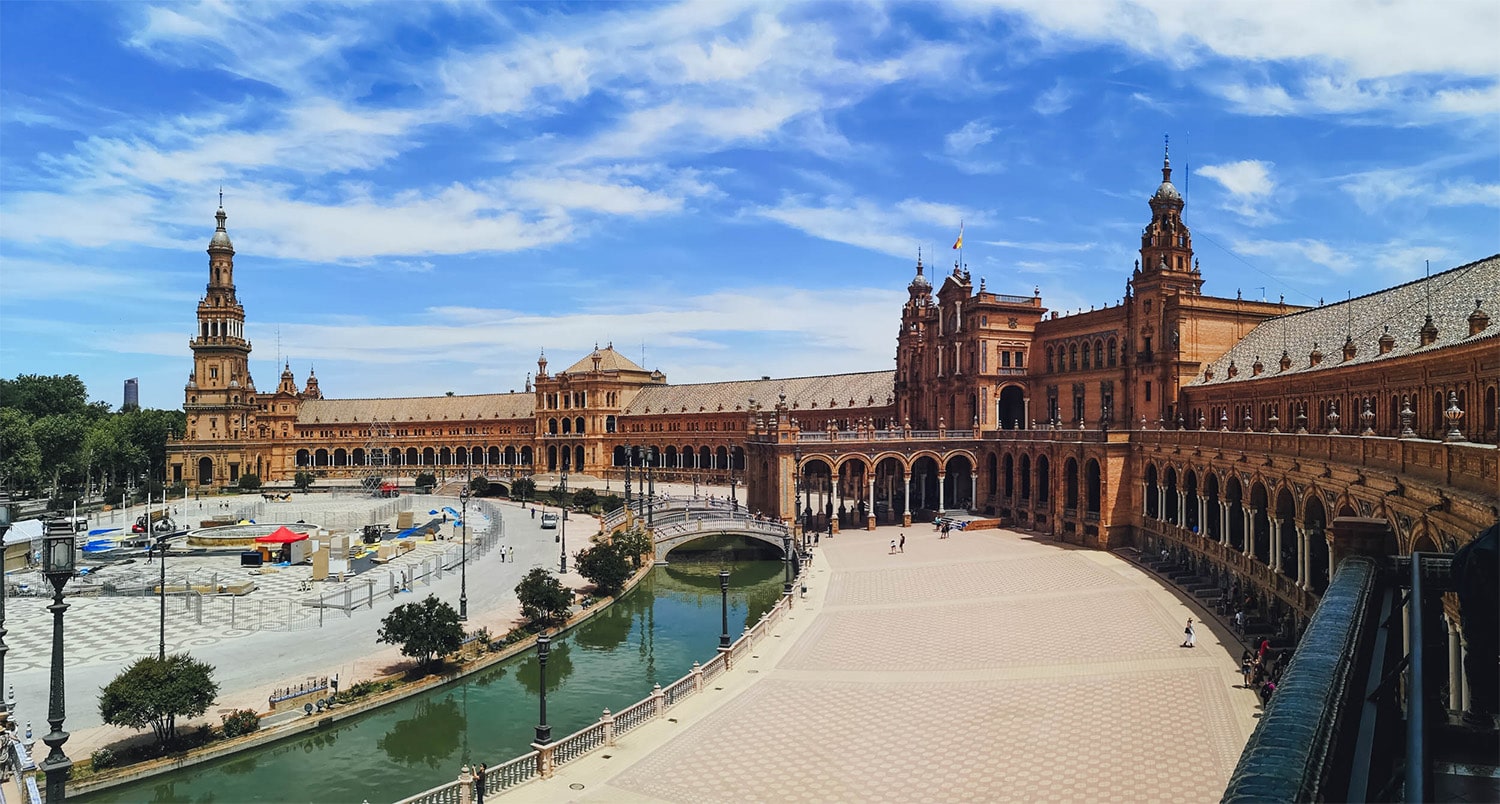
32 interesting facts about Seville
- 👁️ 296
Seville, the capital of Andalusia, Spain, is a city rich in history, culture, and architectural beauty. Known for its flamenco dancing, Gothic cathedrals, and the vibrant Feria de Abril, Seville offers a unique blend of Moorish heritage and modern Spanish life. The city’s streets are lined with orange trees, and its people are known for their warmth and hospitality. From the intricate tiles adorning its buildings to the serene waters of the Guadalquivir River that flows through its heart, Seville captures the essence of southern Spain. Let’s explore some fascinating facts about this enchanting city.
- Seville is home to three UNESCO World Heritage Sites: the Alcázar palace complex, the Cathedral, and the General Archive of the Indies.
- The Seville Cathedral is the largest Gothic cathedral and the third-largest church in the world.
- Seville’s Alcázar is one of the oldest palaces still in use in the world, serving as a residence for the Spanish royal family when they visit the city.
- The city was founded as the Roman city of Hispalis, and it flourished under the Moorish rule as Ishbiliya.
- Seville is the birthplace of flamenco, one of Spain’s most famous and passionate dance forms.
- The Torre del Oro, or “Tower of Gold,” was originally built as a military watchtower on the Guadalquivir River and now houses a maritime museum.
- Seville’s Metropol Parasol, known locally as Las Setas (“The Mushrooms”), is the largest wooden structure in the world.
- The city hosted the Ibero-American Exposition World’s Fair in 1929, which led to the development of Maria Luisa Park and the Plaza de España.
- Seville has a hot-summer Mediterranean climate, and it’s known as the frying pan of Spain due to its high summer temperatures.
- The Guadalquivir River is Spain’s only navigable river, and it played a crucial role in commerce during the Age of Discovery.
- The General Archive of the Indies holds invaluable documents illustrating the Spanish Empire’s history in the Americas and the Philippines.
- Seville’s Feria de Abril is a week-long celebration of music, dance, and bullfighting that transforms the city into a vibrant spectacle of color and tradition.
- The city’s traditional cuisine includes dishes like gazpacho, jamón ibérico, and tapas.
- Seville is known for its bitter oranges, which are primarily used to make marmalade.
- The University of Seville, established in the 16th century, is one of Spain’s top higher education institutions.
- Christopher Columbus is buried in Seville Cathedral.
- Seville’s tram system, known as the MetroCentro, complements its extensive bus and metro networks.
- The Hospital de los Venerables was originally a home for retired priests and is now a center dedicated to the Velázquez Centre and the Baroque period.
- Italica, the first Roman settlement in Spain, is located just outside Seville and was the birthplace of Roman Emperors Trajan and Hadrian.
- The Giralda, the bell tower of Seville Cathedral, was originally built as a minaret during the Moorish period.
- Seville’s Plaza de Toros de la Maestranza is one of the oldest and most famous bullrings in the world.
- The city’s Santa Cruz neighborhood is known for its narrow streets, colorful houses, and hidden plazas.
- Seville was the setting for the opera “Carmen” by Georges Bizet.
- The Casa de Pilatos is an example of a 16th-century Andalusian palace and blends Renaissance Italian and Mudéjar Spanish styles.
- The archives of the Indies in Seville contain more than 43,000 records documenting the Spanish Empire in the Americas and Asia.
- Seville’s April Fair has a tradition where women wear elaborate flamenco dresses, known as “trajes de gitana.”
- The Andalusian Contemporary Art Center, located in the former Monastery of Santa María de las Cuevas, focuses on post-1945 Spanish art.
- The Nao Victoria Museum features replicas of the ships used by Ferdinand Magellan and Juan Sebastián Elcano for the first circumnavigation of the Earth.
- Seville’s coat of arms includes the motto “NO8DO,” which means “It [Seville] has not abandoned me.”
- The city has a tradition of ceramic tile-making, which can be seen in many of its public and private buildings.
- Seville is a sister city to Kansas City, Missouri, in the United States.
- The Isla Mágica theme park, located on the site of the Expo ’92 World’s Fair, offers attractions themed around the 16th-century Spanish exploration.
Seville is a city where history and modernity blend seamlessly, offering visitors and residents alike a rich tapestry of cultural experiences. From its historical landmarks and culinary delights to its lively festivals and passionate art forms, Seville embodies the soul of Andalusia. Its warm climate, vibrant streets, and the welcoming nature of its people make it a must-visit destination for anyone seeking to experience the essence of Spanish life. The city’s enduring legacy as a center of culture, education, and exploration continues to captivate the imagination of people from around the world.
Seville, the capital of Andalusia, Spain, is a city rich in history, culture, and architectural beauty. Known for its flamenco dancing, Gothic cathedrals, and the vibrant Feria de Abril, Seville offers a unique blend of Moorish heritage and modern Spanish life. The city’s streets are lined with orange trees, and…